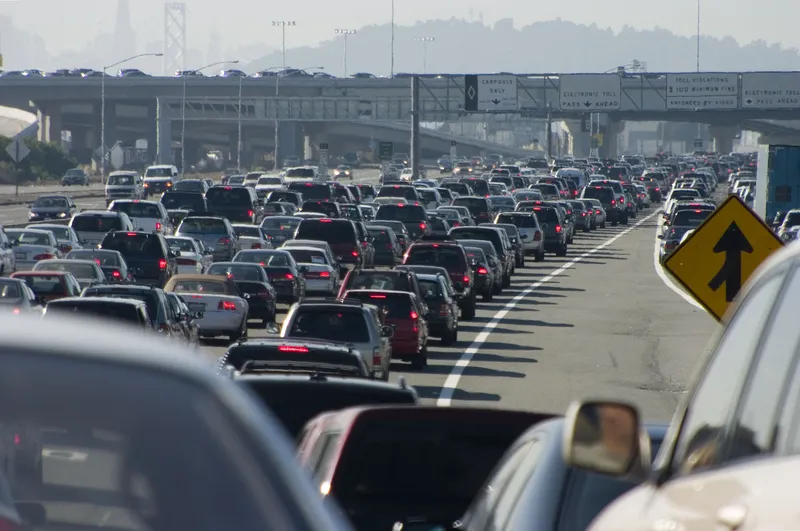Bestpass, which provides single-source payment and streamlined toll management services to commercial fleets, has expanded its services, to include Bestpass Complete, giving customers a single device for all tolls, and the Freedom Service, effectively expanding toll coverage to include all US toll roads.
Bestpass Complete gives customers a single solution for national toll coverage in one device, with optional weigh station bypass compatibility and comprehensive reporting for all major US toll roads. Fl
April 4, 2016
Read time: 2 mins
Bestpass, which provides single-source payment and streamlined toll management services to commercial fleets, has expanded its services, to include Bestpass Complete, giving customers a single device for all tolls, and the Freedom Service, effectively expanding toll coverage to include all US toll roads.
Bestpass Complete gives customers a single solution for national toll coverage in one device, with optional weigh station bypass compatibility and comprehensive reporting for all major US toll roads. Fleet managers will benefit from a single shipment, single installation and single report for each truck, as opposed to simultaneously navigating dozens of different accounts without the Bestpass service.
The Bestpass Freedom Service expands the company's single solution by offering coast-to-coast violation, video and out-of-Bestpass network toll statement processing, facilitating seamless travel beyond the major toll roads in the United States and Canada, wherever there is toll. Bestpass will process violations and submit corrections on behalf of its customers, saving them the time of tracking and processing violations, as well as the money spent on incurring additional violations. Customers can submit toll bills from outside of the Bestpass network to be paid and included in their single monthly invoice and comprehensive toll data reporting.
"We've grown aggressively over the past year, both in terms of geographic footprint and number of clients, and we've developed a number of new services in response to that growth and to our user feedback," said John Andrews, president and CEO of Bestpass. "With this new phase of the Bestpass service, we are well positioned to be an even better partner for our customers on the road and in the back office."
Bestpass Complete gives customers a single solution for national toll coverage in one device, with optional weigh station bypass compatibility and comprehensive reporting for all major US toll roads. Fleet managers will benefit from a single shipment, single installation and single report for each truck, as opposed to simultaneously navigating dozens of different accounts without the Bestpass service.
The Bestpass Freedom Service expands the company's single solution by offering coast-to-coast violation, video and out-of-Bestpass network toll statement processing, facilitating seamless travel beyond the major toll roads in the United States and Canada, wherever there is toll. Bestpass will process violations and submit corrections on behalf of its customers, saving them the time of tracking and processing violations, as well as the money spent on incurring additional violations. Customers can submit toll bills from outside of the Bestpass network to be paid and included in their single monthly invoice and comprehensive toll data reporting.
"We've grown aggressively over the past year, both in terms of geographic footprint and number of clients, and we've developed a number of new services in response to that growth and to our user feedback," said John Andrews, president and CEO of Bestpass. "With this new phase of the Bestpass service, we are well positioned to be an even better partner for our customers on the road and in the back office."










